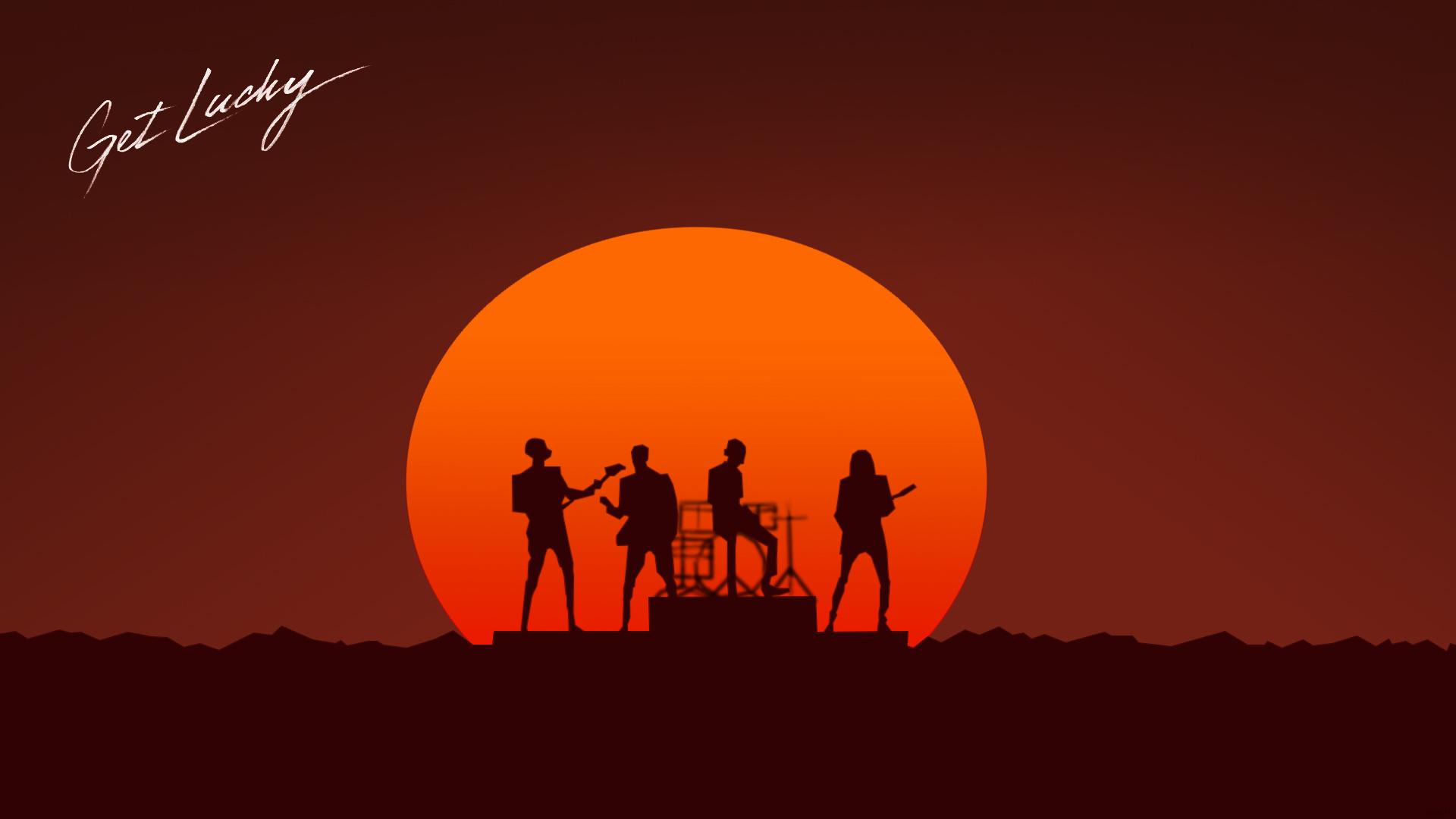



More than one observer has pinpointed the tour’s US dates, particularly their performance at the Coachella festival in 2006, as the spark that ignited America’s EDM movement, where DJ performances and live shows involving such vast productions became a staple of festivals and a huge attraction in Las Vegas, and Deadmau5 – a dance producer who, it was hard not to notice, performed in a giant LED-covered helmet not unlike those sported by Daft Punk – ended up on the cover of Rolling Stone magazine. The live shows, however, were a triumph: a son-et-lumière sensory overload with the duo performing in their trademark robot outfits in the middle of a giant illuminated pyramid. The album it was ostensibly supporting, Human After All, a rough-hewn reaction to the glossy production of Discovery, had been met with poor reviews. Photograph: Spencer Weiner/Los Angeles Times/Getty Imagesīut arguably their greatest and most influential work of all was the Alive tour of 2006-07. In rap meanwhile, Busta Rhymes and Kanye West both sampled tracks from Discovery, and the latter tapped the duo to work on his album Yeezus in R&B, the Weeknd became another of the duo’s production clients and Janet Jackson sampled Daftendirekt’s strut.ĭaft Punk perform at Coachella, 2006. For tracks made 20 years ago, there’s something curiously undated about the single Digital Love or the ballad Something About Us, perhaps bolstered by the fact that both tracks offered an early example of vocals treated with Auto-Tune, another aspect of Daft Punk’s sound that was fully absorbed into latter-day pop. In Discovery’s wake, all of them – except perhaps Barry Manilow – became part of the accepted lexicon of mainstream pop once more: it was as if Bangalter and de Homem-Christo had become taste-making arbiters of what was and wasn’t cool, a state of affairs acknowledged by LCD Soundsystem’s single Daft Punk Is Playing at My House, in which an appearance by the duo is held up as the last word in hip. There was music influenced by soft rock, 80s AOR, the same decade’s super-smooth R&B balladry: Superheroes offered a pounding kick drum topped off with a cut-up sample from, of all things, Barry Manilow’s Who’s Been Sleeping in My Bed. At least part of the mixed critical reaction to their song-based 2001 album Discovery was down to the fact that it seemed to be dabbling in musical styles considered deeply unfashionable in 2001. Within a couple of years, Madonna had hooked up with another French dance producer, Mirwais, employed to add a distinctly Daft Punk-ish sheen to her 2000 album Music, and the charts were playing host to a succession of soundalike house tracks – 2 People by Jean Jacques Smoothie, who turned out to be a bloke from Gloucester called Steve Phats and Small’s ubiquitous Turn Around and No 1 singles, Modjo’s Lady and Eric Prydz’s Call on Me among them.īy the time the copyists made the charts, Daft Punk had moved on. In fact, no sooner had Homework come out than other artists started to copy it. The style Thomas Bangalter and Guy-Manuel de Homem-Christo minted on their 1997 debut album Homework – house music heavy on the filter effect, which involved the bass or treble on the track gradually fading in and out, mimicking a DJ playing with the equalisation on a mixer drums treated with sidechain compression, so that the beats appeared to punch through the sound, causing everything else on the track to momentarily recede – is now part of pop’s lingua franca. It may not be better or stronger than the original Alive 1997, but it's definitely harder and faster.I t’s hard to think of an act who had a greater impact on the way 21st-century pop music sounds than Daft Punk. Even songs from the comparatively desultory Human After All sound rejuvenated in context, with "Robot Rock" getting the show off to a rousing start. (The visuals included in the regular and deluxe editions reveal quite the stage show as well.) It has the feel of a greatest-hits-live concert, but energized by Daft Punk's talents at weaving songs in and out of each other. As on their first two classic full-lengths, Thomas Bangalter and Guy-Manuel de Homem-Christo display excellent crowd control, pacing the record well, spacing the hits, and building the mood like the good crowd-pleasers they are. While the original featured only a handful of tracks (but found them transformed and tweaked ad infinitum), Alive 2007 is packed with productions, most of them short and many of them getting a big crowd response (all recorded at one show in Paris in June of 2007). Timed to perfection, Daft Punk's second live album landed exactly ten years after the first, and provides a fitting complement to Alive 1997, easily the best live non-DJ electronica record ever released.


 0 kommentar(er)
0 kommentar(er)
